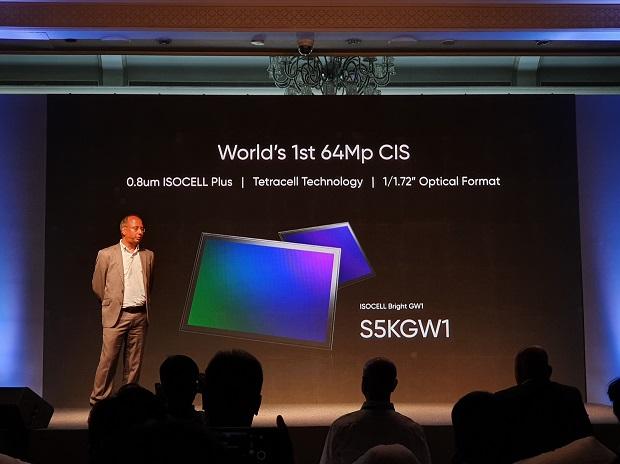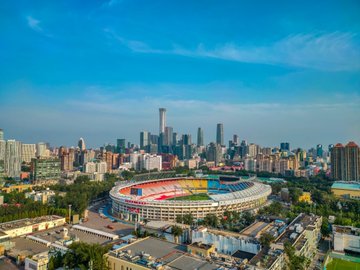Realme announced that the company is planning to upgrade its mobile phones in Realme, Realme Pro and Realme X series with quad camera modules before Diwali

Madhav Sheth, CEO, Realme
Chinese electronics manufacturer BKK Electronics’ smartphone brand Realme on August 8 announced that the company is planning to upgrade its mobile phones in Realme, Realme Pro and Realme X series with quad camera modules before Diwali. Interestingly, one of the phones with a new quad camera module will sport a 64-megapixel primary sensor (GW1) sourced from Samsung. This is the same sensor that another Chinese mobile phone maker Xiaomi is touting to bring in one of its Redmi-branded smartphone by the end of this year.

With the 64MP super-big sensor, a single pixel can reach 1.6 um in size in the 4-in-1 mode which provides more light & offers more shooting options in the ultra Nightscape mode.#LeapToQuadCamera
With the 64MP mode, the resolution advantage is obvious when compared to the 48MP cameras offered by our competitors.#LeapToQuadCamera
Besides, the company also provided insights on the 64MP camera. This camera will use Samsung ISOCELL Bright GW1 sensor (S5KGW1), which has a pixel size of 1/1.72-inch and tetracell technology for clearer pictures in all light conditions. Explaining the technology behind sensor, Dr Manish Goel, principal engineer, SSIR, System LSI business, Samsung said, the tetracell technology uses re-mosaic algorithms capturing details even in bright light conditions. In low-light, the sensor merges four adjacent pixels together to create one big pixel resulting in brighter photos. The sensor also has hardware optimised smart-ISO that auto controls resulting in low noise and higher detailing.








0 Comments:
Post a Comment